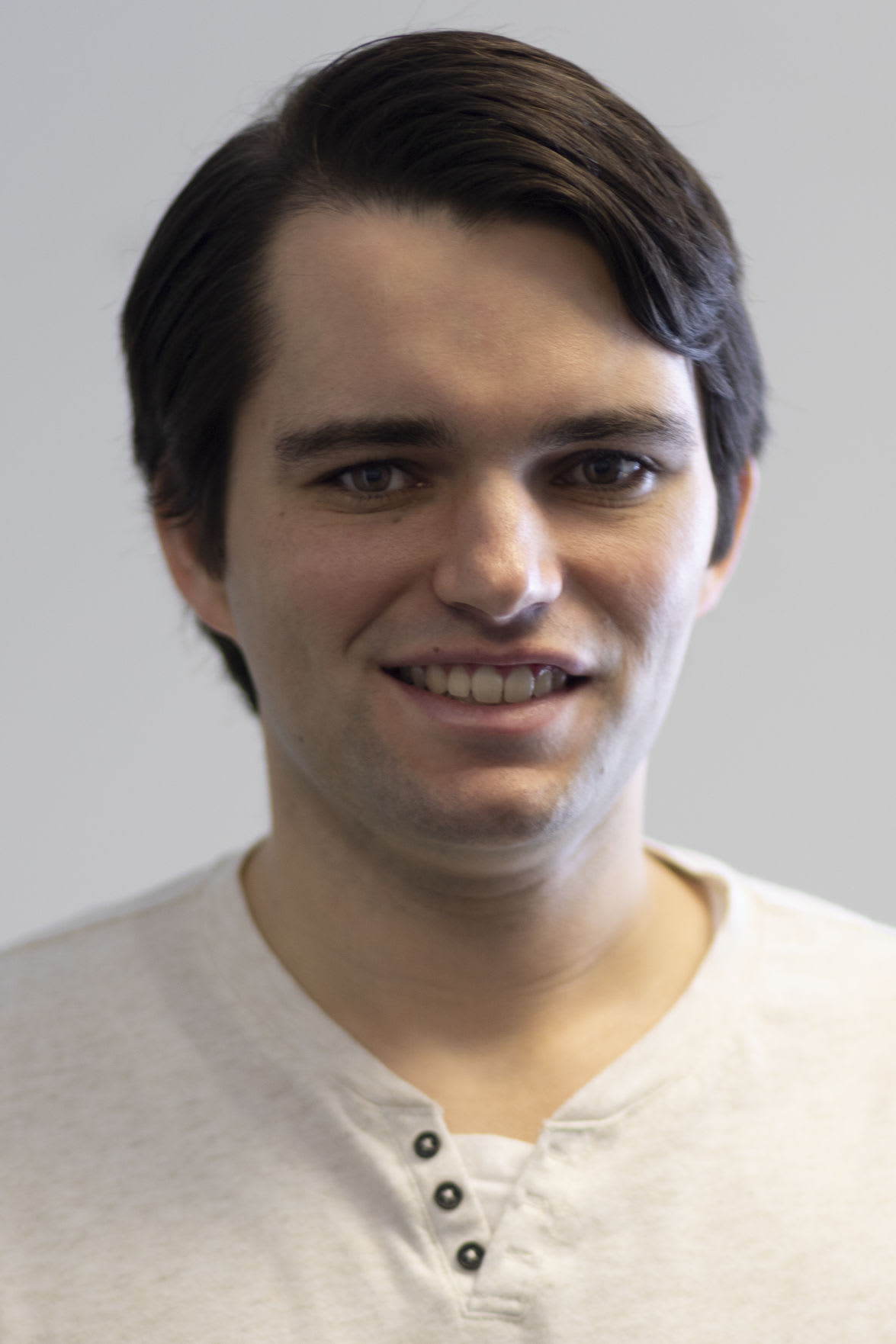Myron Tagovailoa-Amosa, grinning through a computer screen, decided to spill a little secret on his recent Zoom call with reporters.
The fifth-year senior defensive end didn’t play his favorite position during his first four years at Notre Dame because he spent a little too much time in the kitchen before he arrived. He committed to the Irish in February 2017 wanting to play defensive end. Notre Dame wanted him to find a home on the edge. It was his position at Ewa Beach (Hawaii) Kapolei High School.
Then he showed up that June a little heftier than Notre Dame’s defensive staff desired.
“Hawaiian food, man, it’ll get to you,” Tagovailoa-Amosa said. “So they just moved me inside. I put my head down and went to work.”
His embrace of the new position led to him staying there. He eventually proved too valuable to move away from that spot. Tagovailoa-Amosa slid into the starting lineup in 2019 at three-technique defensive tackle and kept the job in 2020. In two years as a starter, he totaled 39 tackles, 8.5 tackles for loss and three sacks. He was steadily disruptive.
But there was still a longing to get one chance at the position he once thought he would play.
“My passion was always for defensive end,” Tagovailoa-Amosa said. “In my last season, I just wanted a shot outside. It’ll be fun.”
When Notre Dame hired defensive coordinator Marcus Freeman in January to replace Clark Lea, Tagovailoa-Amosa approached him and defensive line coach Mike Elston about a move. Freeman’s first inclination when watching film was to keep him at tackle, but after some conversations, the decision was made. Notre Dame had a need, after all. Tagovailoa-Amosa would move to the big end position, replacing 2020 Notre Dame sacks leader Ade Ogundeji.
“It was something that was mutually agreed upon between me and the coaches,” Tagovailoa-Amosa said. “Coming back for a fifth year, I requested if I could get more looks on the edge.”
Freeman soon saw the fit upon a closer look and looked beyond modest sack totals, which undersell his disruption. His pressure rate rose from 9.6 percent in 2019 to 10.2 percent last year. Across both seasons, he led all Notre Dame interior linemen with 1.87 pressures per game, per Pro Football Focus.
Furthermore, a move would clear the path for Jayson Ademilola, himself a disruptive presence as a rotation player, to start at defensive tackle. That should be a boost for the defense. In assessing the Irish’s defensive line, it’s hard to think the group of the four best players doesn’t include Ademilola and Tagovailoa-Amosa.
Eleven spring practices in, the results are even better than his coaches expected.
“Myron probably falls in the category of a slight surprise for me,” Notre Dame head coach Brian Kelly said. “I didn’t know how he was going to handle the transition to the edge, quite frankly. He has been impressive.
“The thing he will have to work on is picking his spots in terms of what techniques he’s going to use. He has to mix it up. Those are things that take time to develop.”
Added Freeman: “He’s athletic enough. He was a little big and lost 15 pounds from last season to make that transition.”

The weight loss actually began earlier than that, Tagovailoa-Amosa said, meaning his current listing of 6-3 and 282 pounds from the start of the season is a little off. He went into winter training sessions aiming to add strength, a necessary step for someone who fancies himself as a power rusher.
“Once the transition to defensive end came in the spring,” Tagovailoa-Amosa said, “it was easy because I had already lost the weight and it was a matter of getting the power behind it.”
On the interior, he needed power simply to occupy double-teams. On the edge, he’s hoping power helps him defeat one-on-one blocks against a tackle or tackle-tight end double-teams. He is building his pass-rush repertoire around a “power series.”
“I’m coming from the inside out, so I feel like I have an advantage with strength,” Tagovailoa-Amosa said. “Not only am I coming out from there, but I’m still building on my strength and lower body.”
In between all that work, there’s still a little room for Hawaiian delicacies, which have grown popular among Tagovailoa-Amosa’s teammates. One in particular: Spam musubi.
“It’s basically Spam, seaweed and rice,” Tagovailoa-Amosa said. “Some guys are probably cringing right now listening to what I just said because it has Spam, but I tell you right now, if I were to make it, it’d be really good and you’d be persuaded to like it.”
As his position switch attests, his persuasive skills have a way of working.
----
• Learn more about our print and digital publication, Blue & Gold Illustrated.
• Watch our videos and subscribe to our YouTube channel.
• Sign up for Blue & Gold's news alerts and daily newsletter.
• Subscribe to our podcast on Apple Podcasts.
• Follow us on Twitter: @BGINews, @BGI_LouSomogyi, @Rivals_Singer, @PatrickEngel_,and @AndrewMentock.
• Like us on Facebook.
